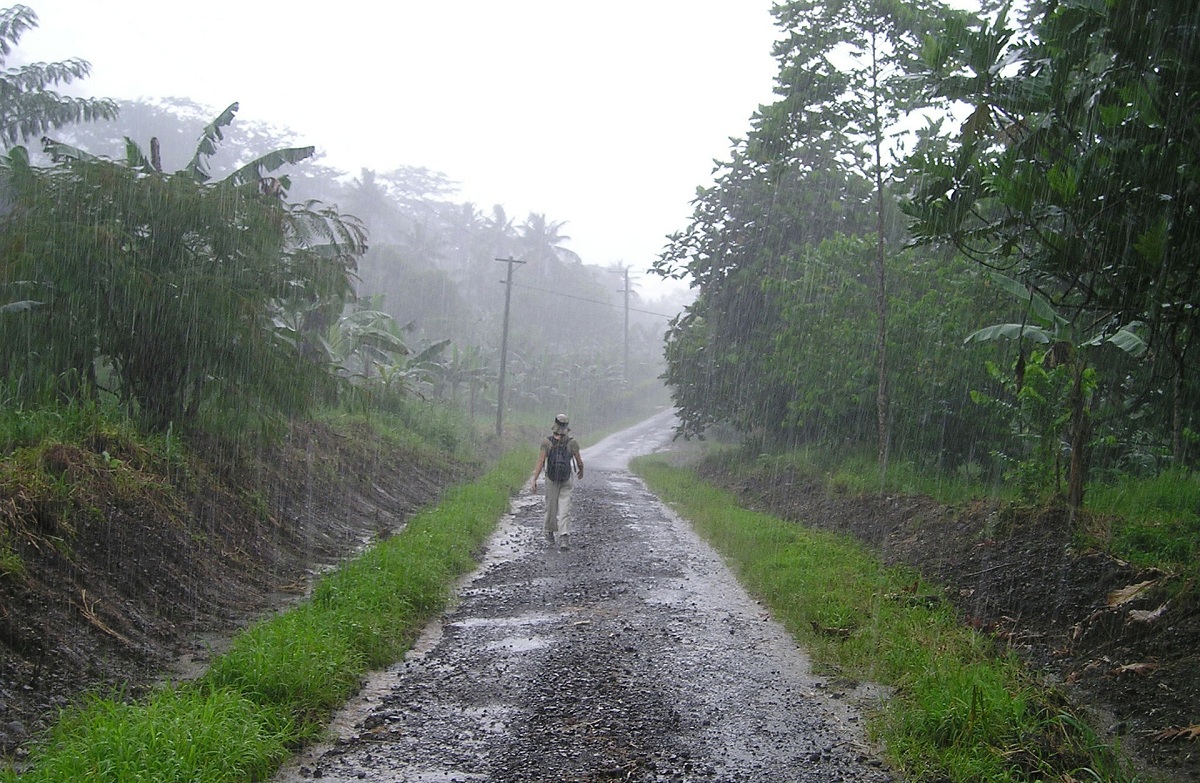
Surely you have ever heard about monsoons. This word comes from the Arabic term maussim y means season. This type of name refers to the season in which the winds are reversed in the seas located between Arabia and India. The reversal of these winds and the seasonal changes cause abundant rains in regions that have hot and humid climates. These heavy rains cause damage and disasters on a catastrophic scale.
In this article we are going to tell you everything you need to know about monsoons, their characteristics and when they take place.
What are monsoons
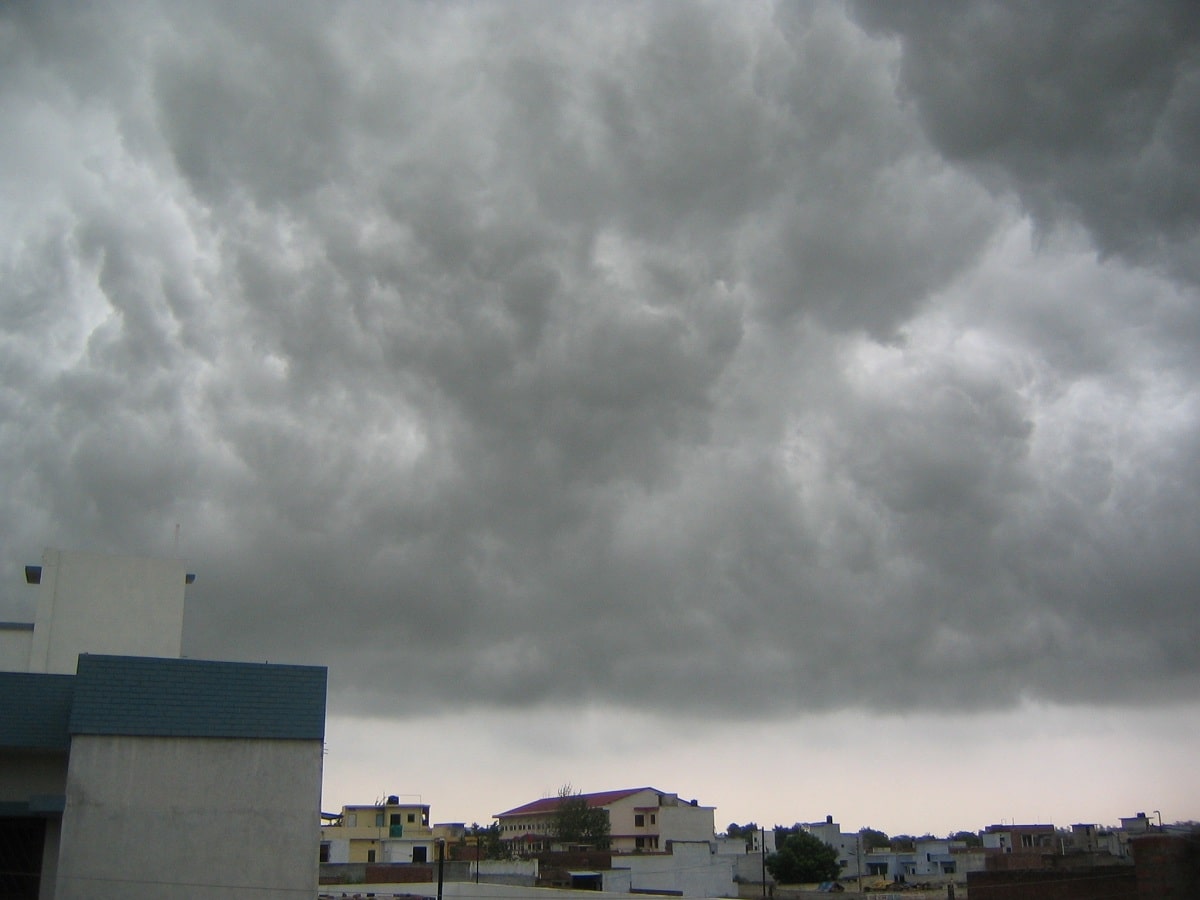
We can say that the monsoons They are great changes that the winds have in a matter of direction that makes them blow stronger towards a region. ANDThis variation in changes in wind direction depends on the season of the year. This is how we deal with seasonal changes that are responsible for abundant rainfall in regions that have hot and humid climates.
The areas where monsoons are normally found are in South and Southeast Asia. They can also occur in other areas of the world such as Australia, West Africa and even America.
If we analyze the monsoons in a broader and deeper way, we can say that they are due to a thermal effect that is caused by the differences that exist between the warming of large masses of land and sea. When we get to the tropics we can see that the monsoons bring in quite a bit of humidity and make the seasons drier. There are several monsoon systems on the planet. The seasons in which these monsoons occur usually vary. An example of this we see in the north of Australia. In this area, the monsoon season runs from December to March.
On the other hand, in the area of India and Southeast Asia we have the summer monsoons and the winter monsoons, which greatly influence the climate. These monsoons are the result of the differences in temperature that exist between land and sea. These temperatures differ due to the action of solar radiation.
Main causes
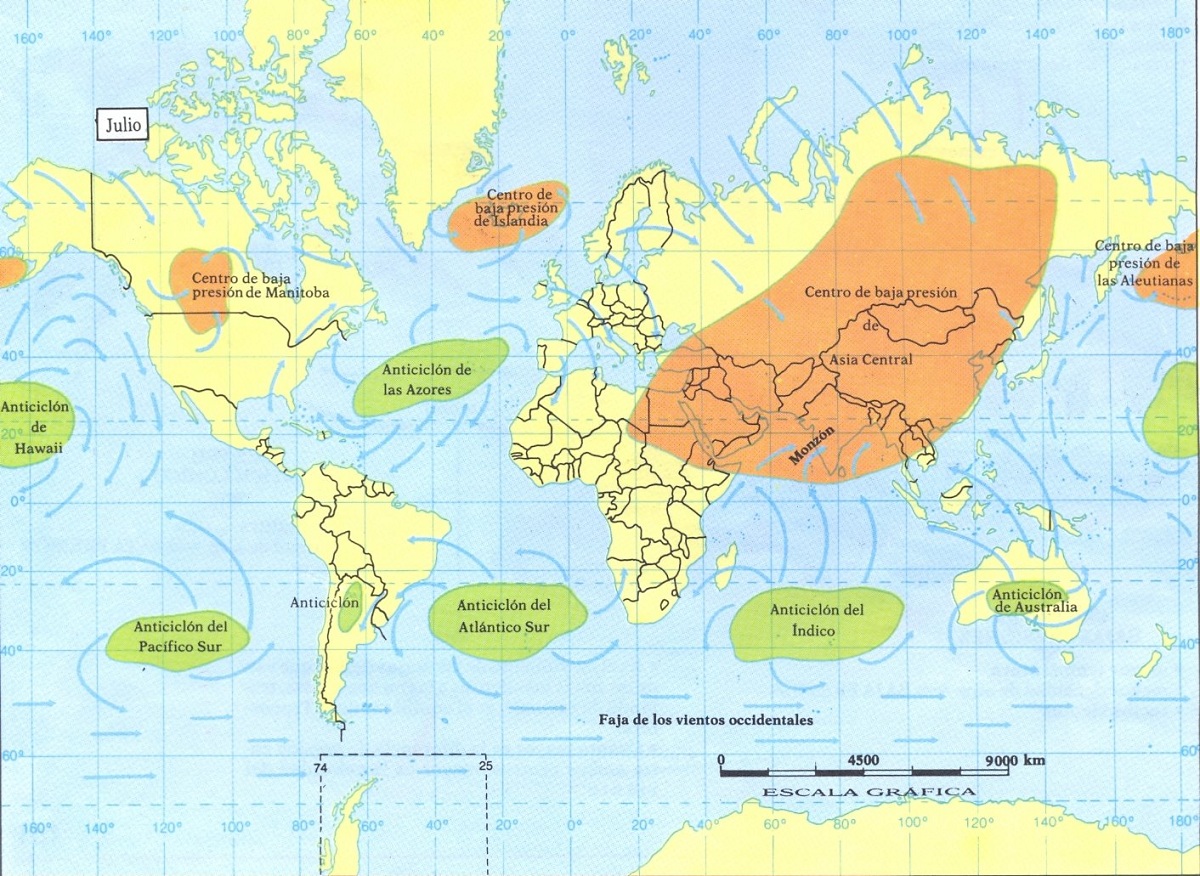
We are going to analyze in a more detailed way what are the main causes that form the monsoons. As we have mentioned before, it is a difference in temperature that exists between the land and the sea due to the heat given by solar radiation. Both the land and the water in the oceans are responsible for absorbing a large amount of heat but in different ways. The way to absorb heat depends on the color of each surface. During the warm season, the earth's surface is able to warm up faster than water. This causes a low pressure center on land and a high pressure center at sea.
Considering the dynamics of the winds, we can see that the winds circulate from areas where there is greater pressure to where there is less pressure. The difference between land and water is known as the pressure gradient. Depending on the value of the pressure gradient, the speed at which the wind will go from the area with the highest pressure to the one with the lowest pressure will be faster. This translates into higher speed winds. Therefore, we also have a worse storm.
In all cases, whatever the monsoon system, the winds blow from the sea where there are greater expressions to the warmer land where there is less pressure. This movement of the wind causes a large amount of moisture from the sea to be dragged. This is how abundant and frequent rains originate as the humid air rises and then returns to the sea. Then it remains on the earth's surface and it cools and reduces its capacity to retain water.
Types of monsoons
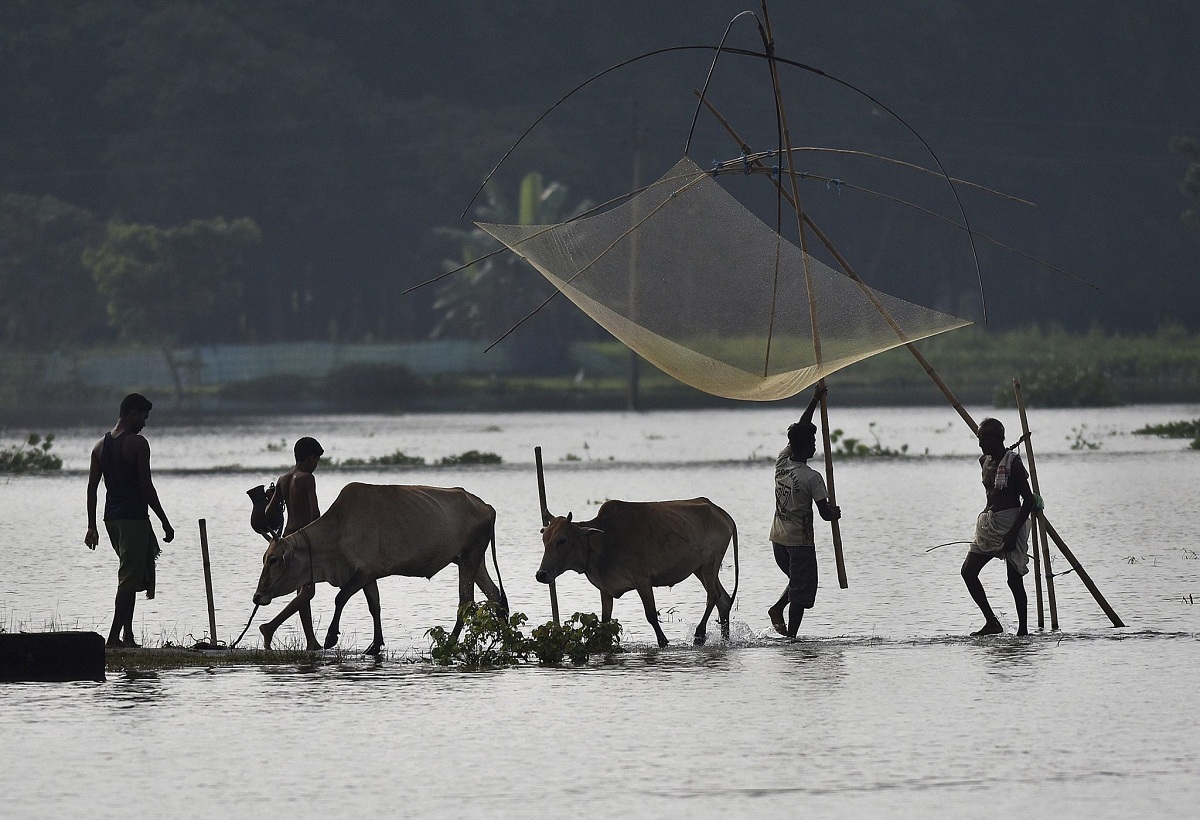
We can differentiate the different monsoons based on the main causes. The main mechanisms that make up the different types of monsoons are as follows:
- The difference between heating and cooling that exist between land and water.
- The deflection of the wind. Because the wind must travel long distances it is affected by the coriolis effect. This effect causes the rotation of the earth to cause the winds to deflect to the right in the northern hemisphere and drift to the left in the southern hemisphere. The same is true of ocean currents.
- Heat and energy exchange What happens as the water changes from a liquid to a gaseous and a gaseous to a liquid state also provides enough energy to create the monsoon.
We know very well that the Asian monsoons are the best known in the world. If we go south, the monsoon season runs from April to September. In this area of our planet we must bear in mind that solar radiation decreases vertically during the summer months. This means that the sun's rays arrive in a more inclined way, which warms the earth's surface less. In this way, the hot air rises and creates an area of low pressure over central Asia. Meanwhile, the water in the Indian Ocean remains relatively cold and is the source of high pressure zones.
If we combine the low pressure zone of Central Asia and the high pressure zone of the Indian Ocean, we have a perfect cocktail to create a monsoon. Yes you have to say that in Asia many of its economic activities depend on the monsoon season. We must not forget that rainfall is good for crops.
Damaging effects
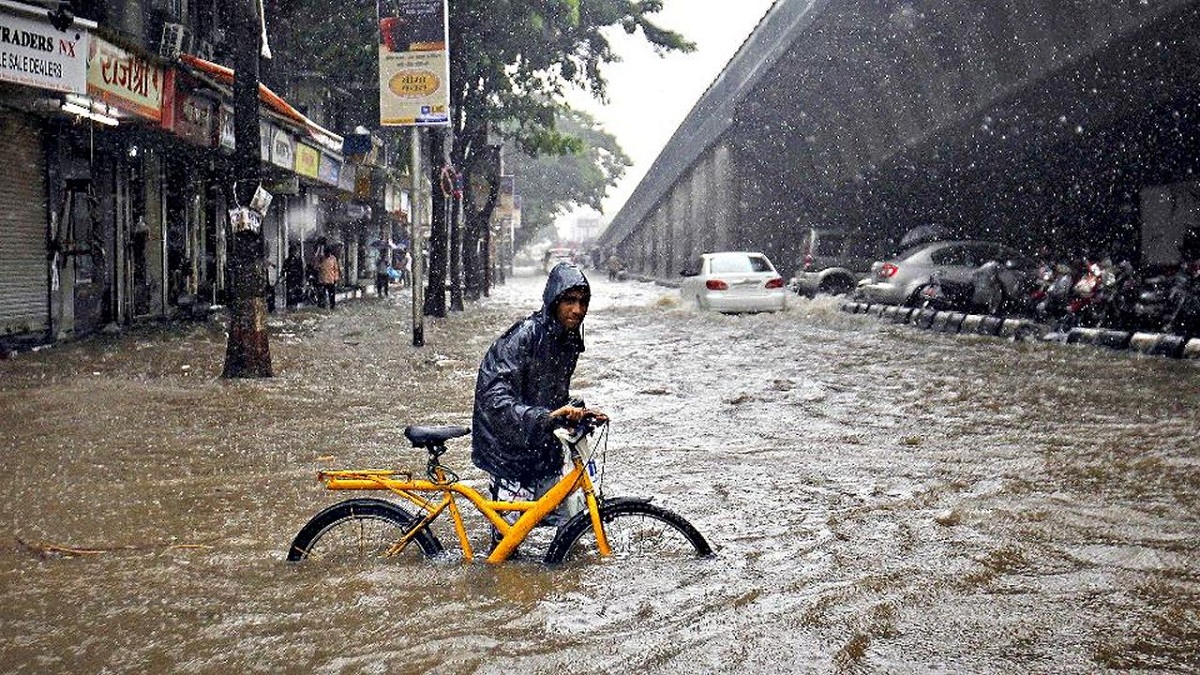
One of the most direct effects that monsoons have is the abundance of rainfall. As there is such a high temperature gradient, torrential rains are formed that lead to floods and mudslides that are often responsible for the destruction of urban and rural buildings. These damages also cause the death of people.
As expected, The monsoons also have their positive side. And is that many of the areas of Asia have their economic activities based on the monsoon season. Farmers rely on monsoon rains for rice growth. It also benefits those who grow tea plants and aquifers are recharged.
I hope that with this information you can learn more about the monsoons.